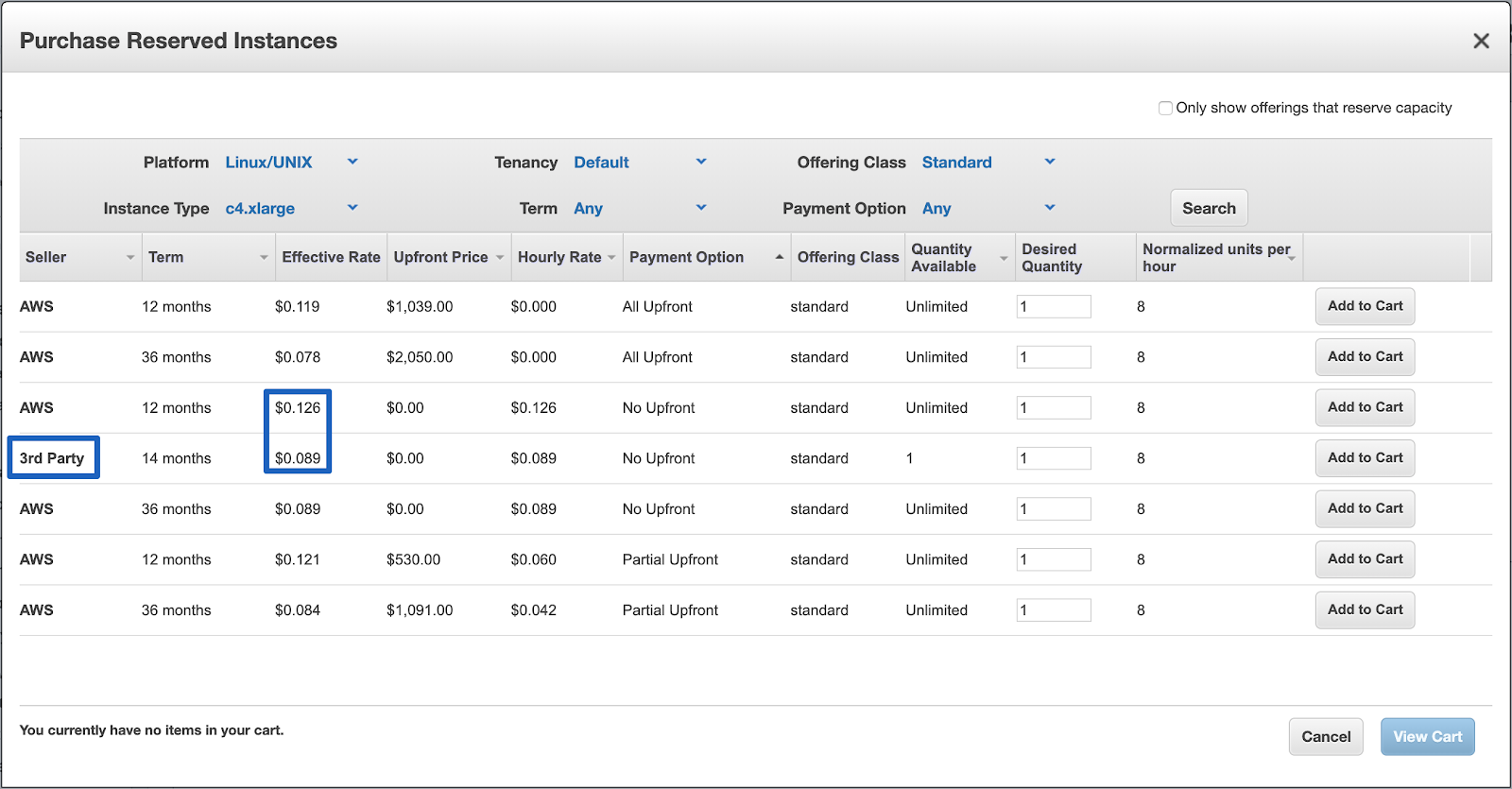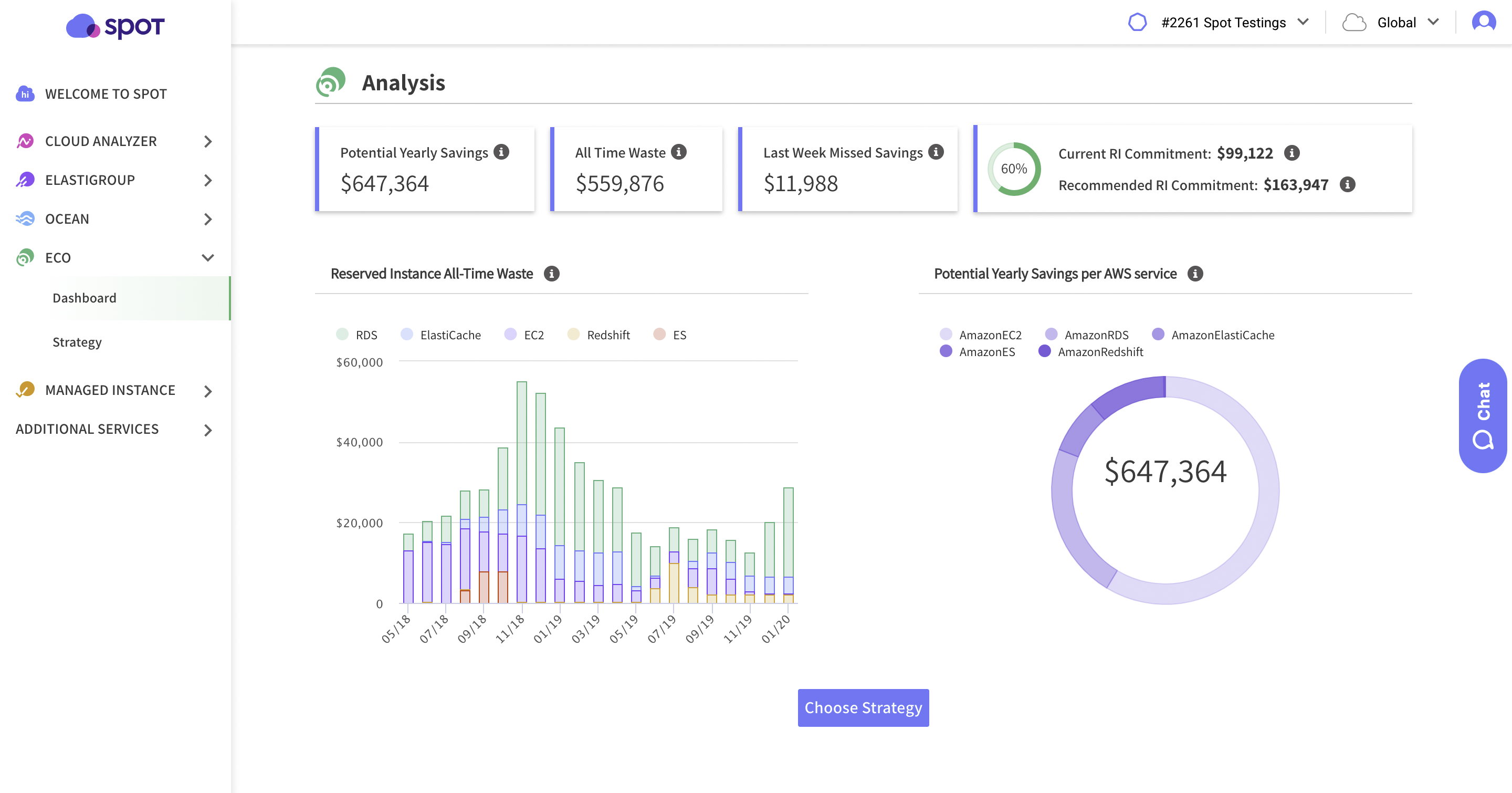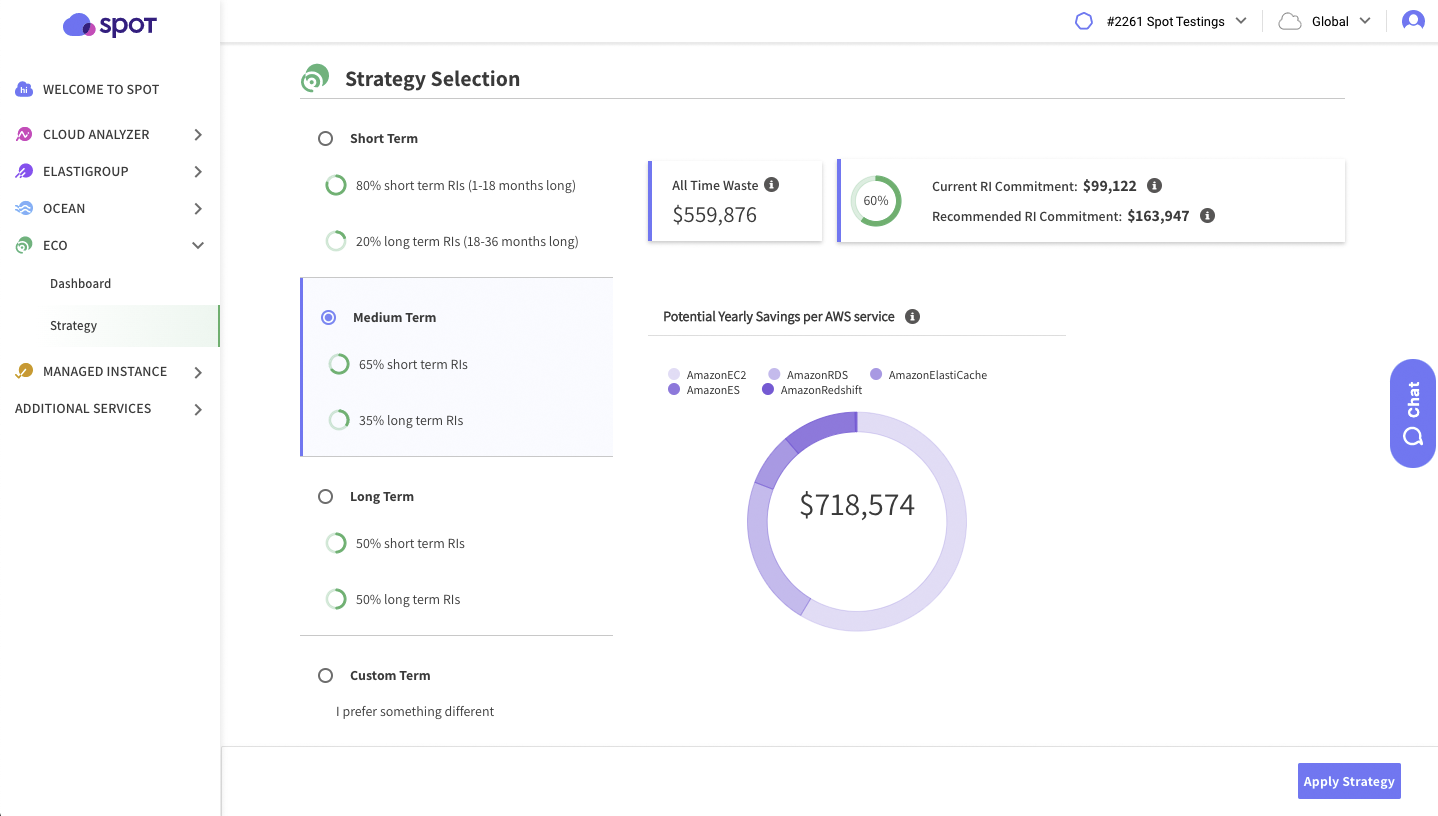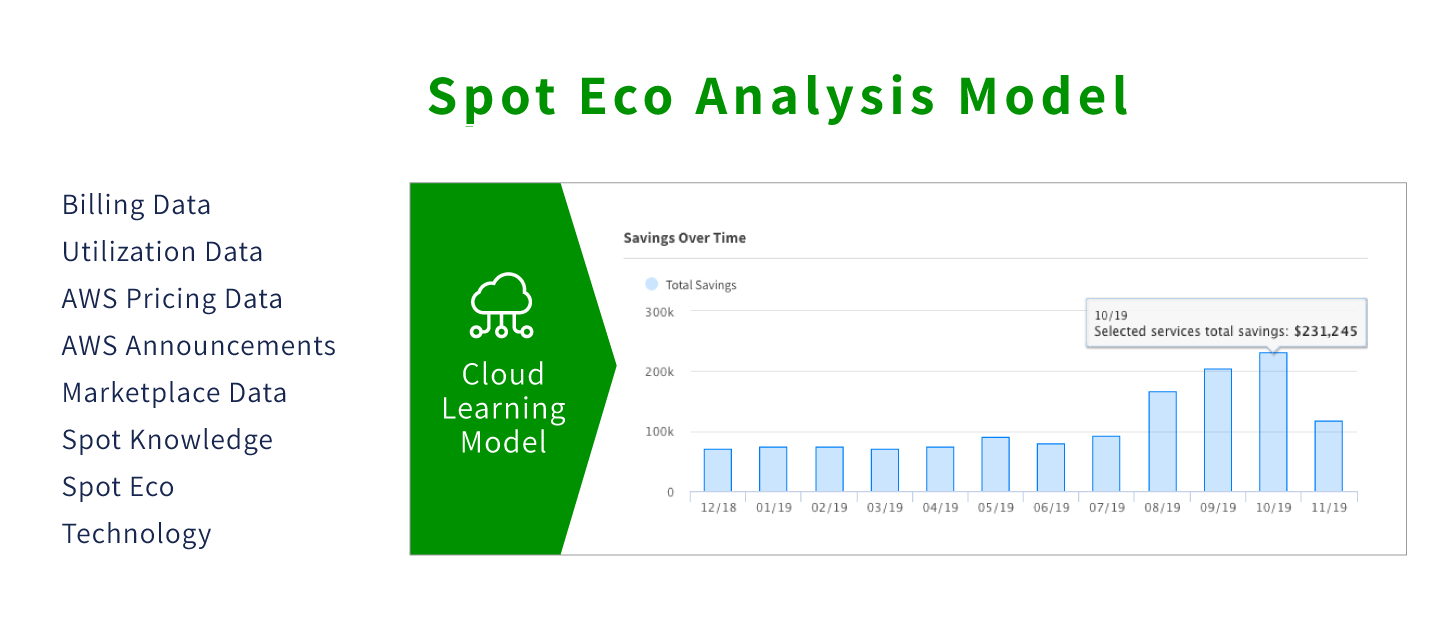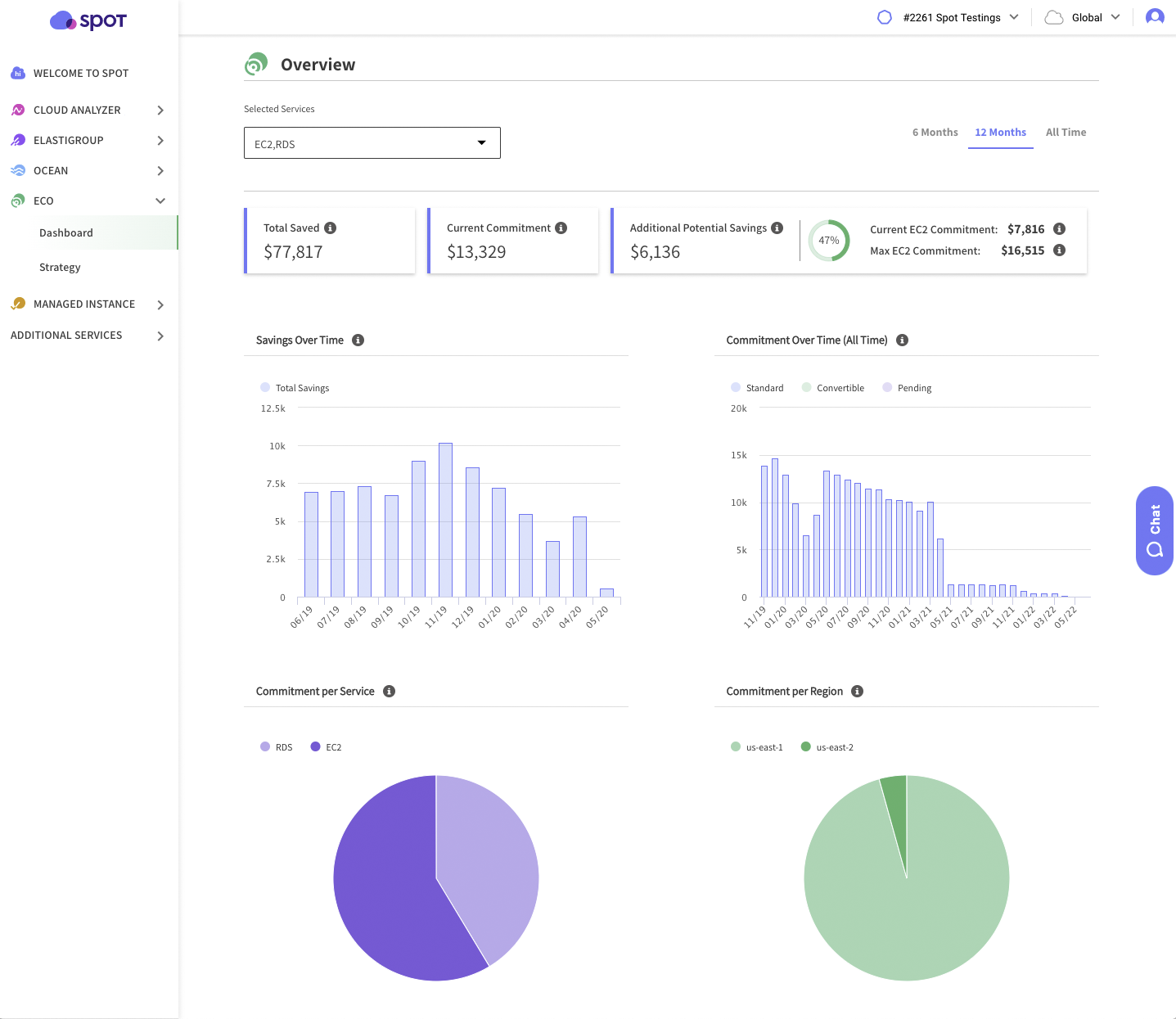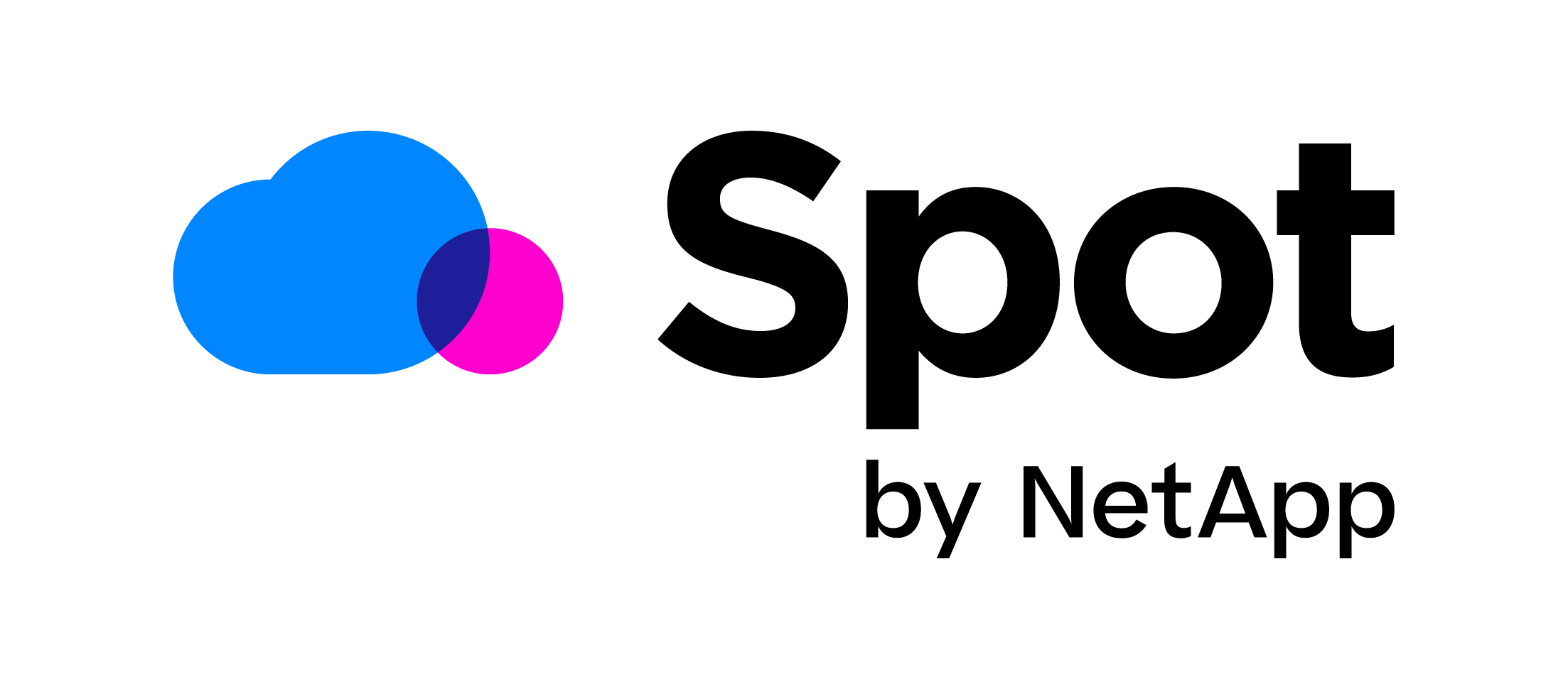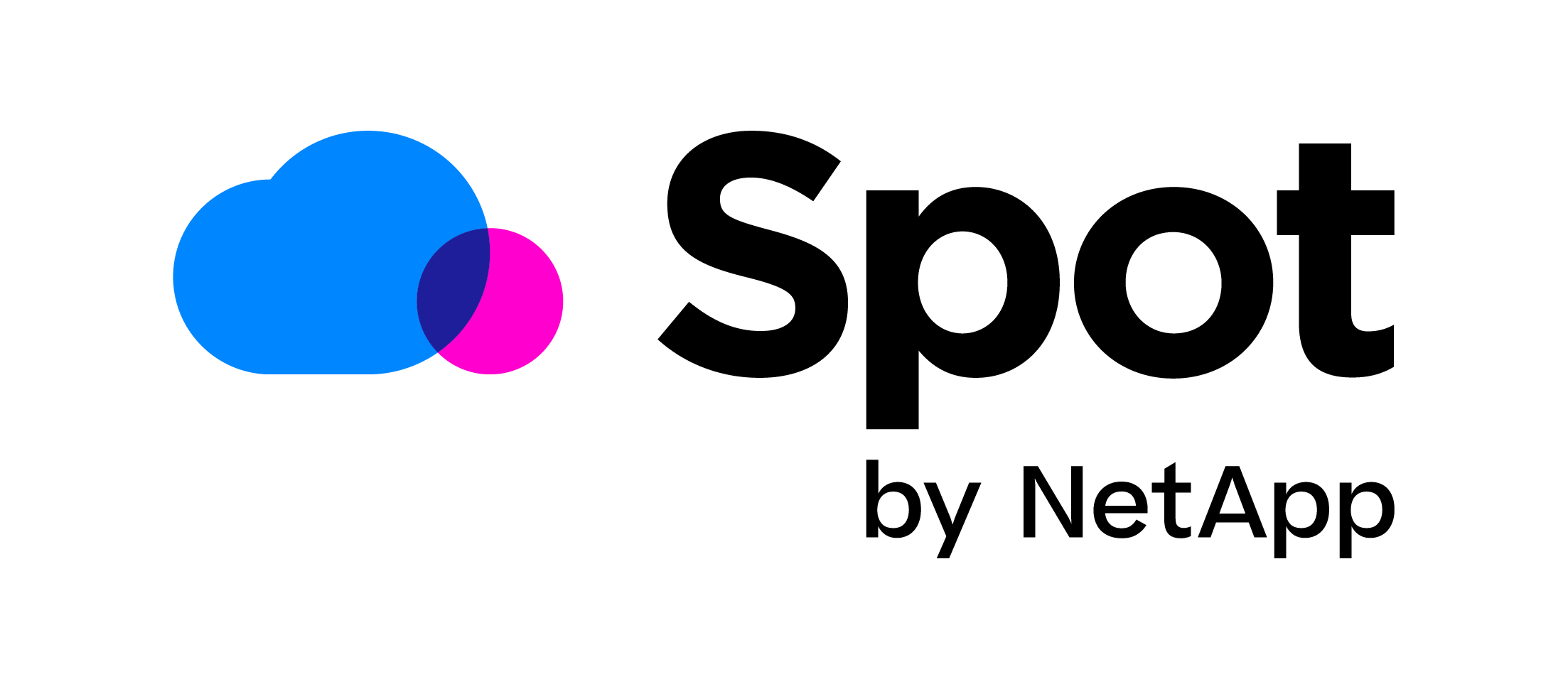

Amazon Reserved Instances (RIs) and Savings Plans are discounted pricing models for EC2, RDS and other AWS services. The core premise is simple – commit to a certain usage in advance, and enjoy anywhere from 29% to 72% discount on core AWS cloud services. Cost-conscious companies that rely on cloud based infrastructure make use of AWS RIs and Savings Plans to reduce costs for long-term deployments, and stable predictable workloads.
However, the management of these pricing models is not as simple as it seems at first glance. Since they are purely a billing construct, the terms and conditions under which they apply can easily vary, and a lack of familiarity with the entire picture can lead to missed savings, or worse, outright losses due to wasted upfront, financial commitments.
To understand the various parameters that have to be considered when purchasing RIs, one should first get familiar with the different RI options offered by AWS (for more details on AWS Savings Plans, read this blog post). RIs vary by a set of criteria which affect their price and the potential savings:
- Commitment Length: RIs purchased from AWS can entail a 1 or 3 year commitment.
- Scope: RIs can be regional, or they can apply to a specific AZ.
- Instance Type: RIs apply to a particular instance family.
- Offering Class (Standard / Convertible): While some attributes of an RI can be modified, the instance family of a Standard RI, can’t be changed. However, with Convertible RIs, the instance family can be exchanged for another type, along with other attributes.
- Payment Options: RIs can be paid upfront fully, partially or with no upfront payment.
- Platform: The RIs, much like the workloads they cover, change by operating system. For example, Windows or Linux/Unix.
- Flexibility: Regional RIs can be size flexible and are automatically applied to different instance sizes within the same instance family.
- Service: There are different RIs for different AWS services. For example, EC2, RDS, ElastiCache and more.
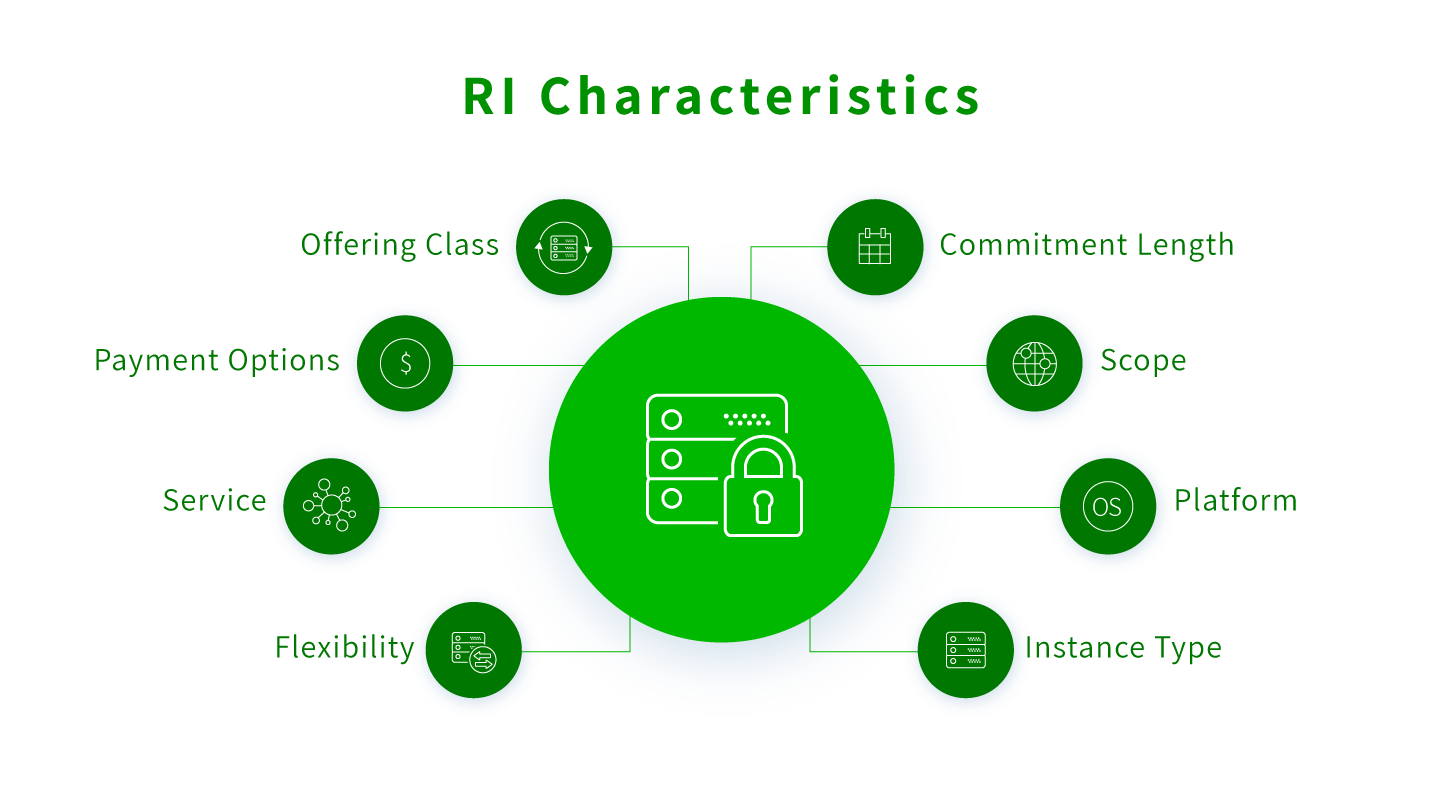
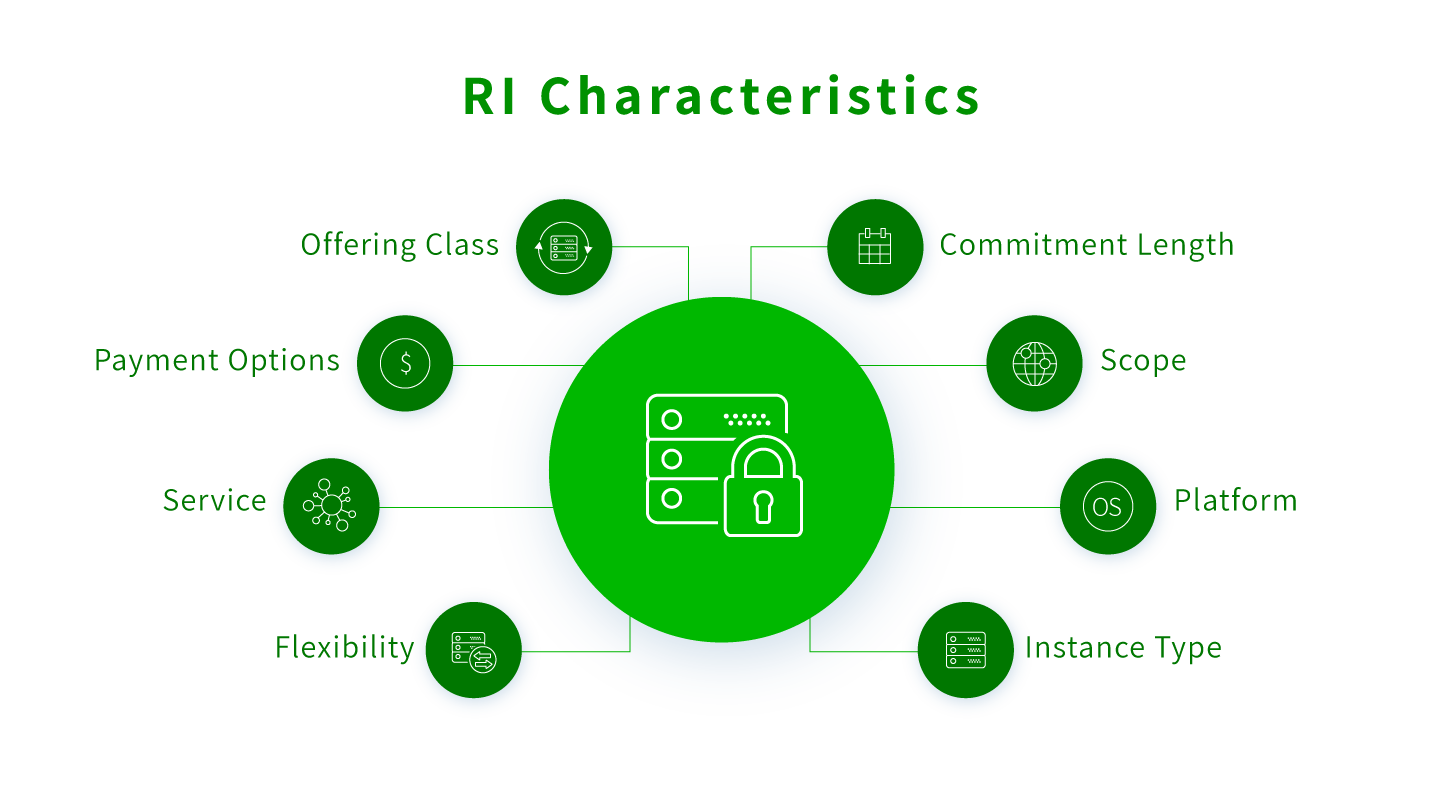
To illustrate the effect that these criteria have, here is a table that shows how the RI savings percentage rates vary according to Commitment Length, Offering Class and Payment options:
Taking all of these parameters into consideration, several pain points for RI users come to light.
- While the prices of certain instances tend to go down (as has been the case with AWS dropping prices every so often), the price of the RI remains a fixed percentage of the On-Demand price at the time of purchase.
- Moreover, as new instance types are released by AWS, the reservation may apply to outdated instance types that are years behind the latest technology.
- In addition, the customer is being billed for the RI regardless of whether the instance is running or not, so RIs only achieve their maximum savings potential when the instances they cover are always on.
- Finally, while modern workloads are flexible and scale to meet dynamic changes in utilization and demand, RIs are fixed in their amount.
One additional and key factor that impacts the RI ecosystem is the existence of the Reserved Instance Marketplace, a platform that enables the purchasing and selling of unused standard RIs, which vary in term lengths and pricing options. Customers who bought Standard RIs which cannot be converted to different Regions or family types, can sell these Standard RIs on the marketplace, freeing their budget to go and buy new RIs that meet their needs. Similarly, customers simply unneeded RI capacity, can get rid of it on the market. On the buy-side, customers can find incredible deals on second-hand RIs being sold by other AWS customers.
For example, in the below screenshot, we see a c4.xlarge RI Marketplace offering by a 3rd party (i.e. another AWS customer) that not only provides 55% savings on the full On Demand price of 0.199$, but also is 19% less expensive than an almost identical offer by AWS themselves.
The Amazon RI Marketplace appears to be a convenient solution to certain RI limitations. RI purchase options that can be found on the market can include shorter commitment terms, which in turn increase flexibility, and generally offer greater savings values.
However, with thousands of listings which need to be sifted through, without dedicating significant time and management, the best deals can be gone within hours.
As a result of all of the above, the truly efficient management of Reserved Instances is no simple task. RIs are not as straightforward as they appear, and in order to achieve optimal RI coverage that will maximize savings, there are 100’s of micro decisions to make with different usage groups, contract options, expiration dates, conversions, and many other variables to consider.
Even as the tasks becomes clear, many customers begin facing challenges with the management of their RI fleet with typical roadblocks being time, priority, cross-team cooperation, strategy and continuous maintenance.
Introducing Amazon RI Continuous Optimization with Spot Eco
As a company that sets out to optimize our customer’s cloud spend and automate workload management, Spot recognizes these challenges and is proud to offer a solution in the form of Spot Eco.
Spot Eco is a Reserved Instance and Savings Plans Fleet management service that helps customers get the most out of their RIs and Savings Plans. It ensures optimal coverage of On-Demand workloads with a focus on flexibility and maximum potential savings.
Spot Eco is fully automated and requires no actions from the user’s end. So how does it work then?
Amazon RI Analysis
First, Spot Eco performs an initial analysis of the cloud account’s current Amazon RI portfolio. The only permission required for that first stage, is access to the AWS Cost and Usage reports. Based on those reports, Spot Eco presents the user with an Analysis Dashboard that contains current RI coverage details and graphs visualizing funds wasted on underutilized reservations as well as potential savings that could be achieved with the leverage of Eco:
After the initial analysis is made, customers can choose a strategy for the composition of an optimal RI portfolio. Ensuring the RI fleet is well built from the start will determine the path to savings in the future, but Eco will work with any existing RI portfolio and adjust its strategies accordingly. Customers are able to choose a strategy that best suits their needs, with emphasis on different commitment terms, and immediately see an estimation of their potential yearly savings:
Once a strategy is selected and applied by the user, Spot Eco will proceed to the execution stage.
At that stage, Spot Eco will begin to actively manage the user’s Amazon RI fleet. It will use a proprietary Cloud Learning Model to actively analyze both the user’s usage and the Amazon RI Marketplace as well as multiple additional factors. Identifying pricing trends and anomalies, and weighing 1000’s of scenarios, Spot Eco will begin selling excess RIs to eliminate waste, and purchasing new RIs, capitalising on the best AWS offerings and Marketplace deals to achieve optimal savings and coverage, all while conforming to the predetermined strategy. Moreover, with a large customer base with dynamic needs, Spot Eco can buy and sell RIs within its own pool of resources, enabling immediate, risk free benefits to its customer base.
Reserved Instances Usage and Utilization Dashboard
Once the execution stage is enabled, Spot Eco presents the user with a full Overview Dashboard. This new Dashboard will provide deep visibility into the account’s RI fleet, covering the total amount saved, current commitment status (overall and with an emphasis on EC2), potential savings, as well as graphs for savings and commitment.
Spot Eco will ensure that over time savings will increase, while overall commitment will be reduced. Reduced commitment periods mean that workloads are no longer chained to long term Reservations that restrict the ability to start a new project, or downsize an old one.
With a quick setup process and a fully managed, continuous service, Spot Eco provides users with a peace of mind, knowing their Cloud budget is optimally spent and freeing their engineering teams from the overhead of maintaining an RI fleet to focus on development, and growth.
Get started with Spot Eco to maximize ROI on your Reserved Instance and Savings Plans today!





